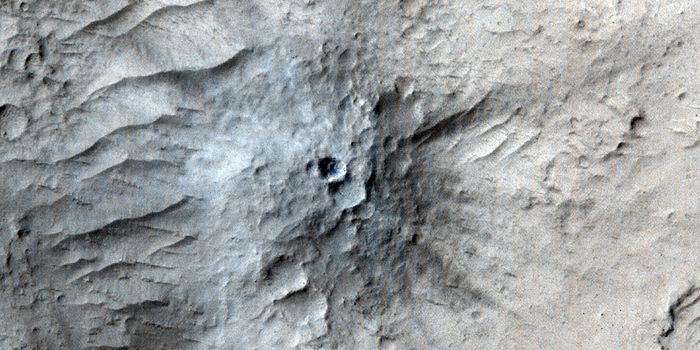Tools of the Trade: Ancient tattoos brought to life
With little to no information in the archaeological record regarding tattoos, placing their origin has proven difficult.
What we do know is that tattooing as an art form, and a form of expression, has been around for millennia and was especially prominent in indigenous cultures around the globe. A rare find from an Ancestral Puebloan site is now aiding in establishing a timeline for the roots of tattooing here in Northern America.
The site is in a rock shelter with a record of heavy occupation from between 50 BCE and 200 CE. The land is currently maintained by the Bureau of Land Management in the Bears Ears region of Utah. Currently under dispute in Federal Court, this area has provided numerous contributions to the archaeological record from as early as 1890. Heavily visited as an attraction site, looting remains a serious issue at the rock shelter.
It is illegal to collect artifacts on state and federal lands. However, it is legal to collect within reasonable amounts and for non-commercial use plants and plant parts so long as they are not considered threatened or endangered, rocks, gemstones, mineral specimens, and common invertebrate fossils. Archaeological sites are protected so removing any artifacts is considered looting. Fossils and cultural materials such as the tattooing artifact discussed here require a strict BLM permit. This rule applies to historical sites as well.
This find is rare because the timeline for tattooing has yet to be officially established. The tool found in the rock shelter is the oldest to date in North America, and the discovery has allowed for a rare insight into the lives of prehistoric peoples whose customs and culture have largely been lost to history. It also puts tattooing evidence in Northern America about a millennium earlier than previously thought by scientists.
Consisting of a skunkbush sumac handle and two parallel prickly pear cactus spines bound at one end by several split yucca leaves, it is the spines that caught the archaeologist’s interest. Heavily tattooed himself, Andrew Gillreath Brown, a Ph.D. candidate, noticed the cactus spines were stained with a dark resin at the end and instantly recognized the potential use of the tool. What he had found while taking inventory of the site finds was the oldest North American tattooing tool, and it had been locked away in storage for the last 40 years.
Originally recovered from the Turkey Pen site in Utah from an in-situ midden (AKA an ancient trash pit), the tool predates European arrival to North America by over 1400 years. The tattooing implementation dates specifically between 500 BCE- 500 CE, known as the Basketmaker II period.
As an integral part of cultural expression found in many corners of the world, tattooing has especially been neglected and undervalued as an area of study in Native North America. With a constantly changing cultural landscape and a continuing need to affirm group identity, tattooing likely assisted in both identity and relationship building.
As of today, Ӧtzi, the ice mummy from the Alps, remains the oldest evidence of tattooed human remains, and many of his tattoos are considered possibly medicinal. Ceramic vessels and decorative effigies have shown images of people getting body modifications such as painting, incisions, and punctuate designs. While no actual tattoos have been identified on Basketmaker mummies or from their artwork, the identification of the tool at the Turkey Pen site makes it irrefutable that tattooing was a part of their lives.
Sources: Science Direct, BLM, WSU, Science Direct








